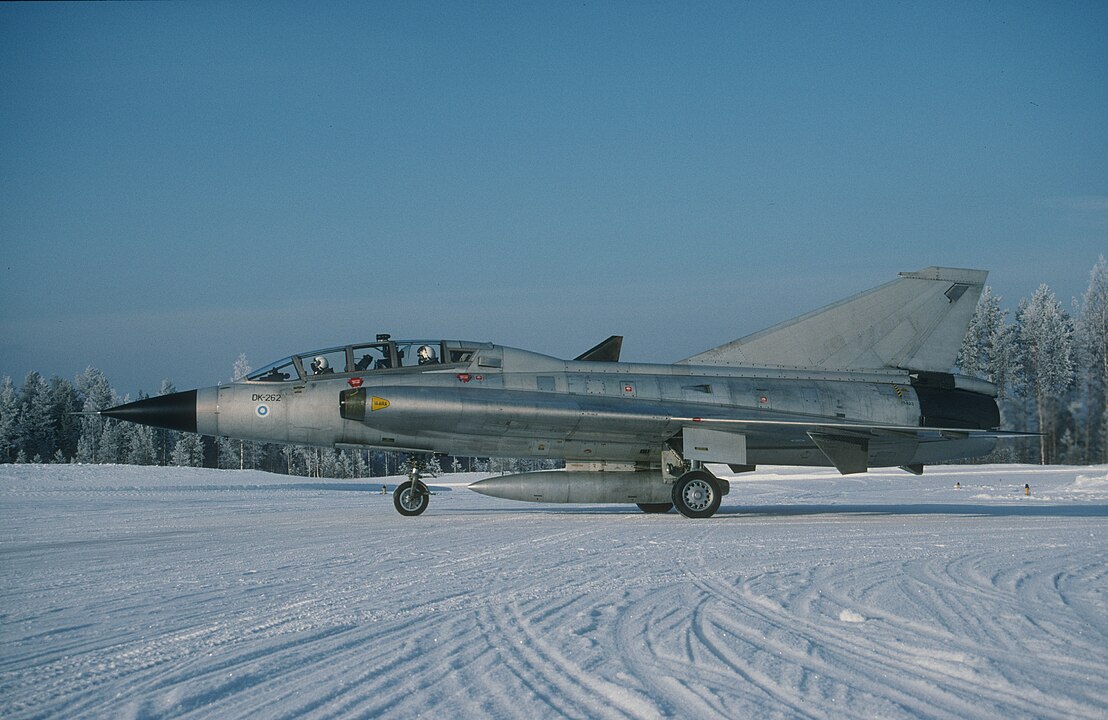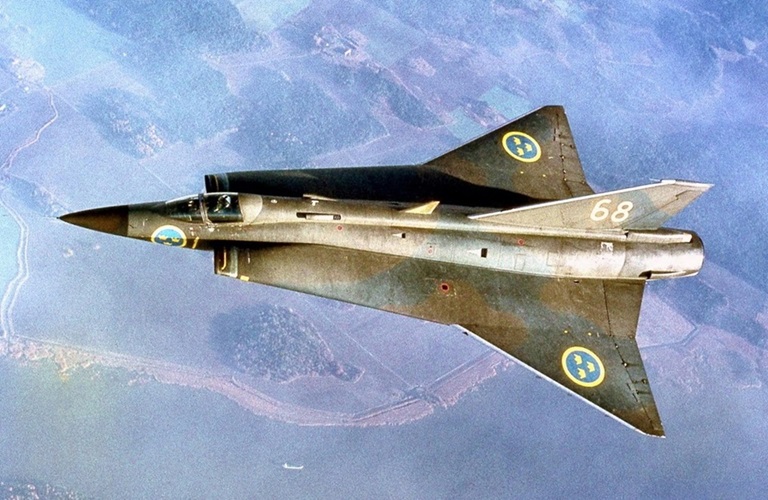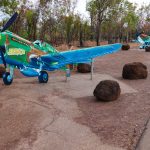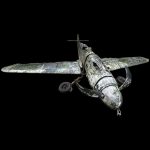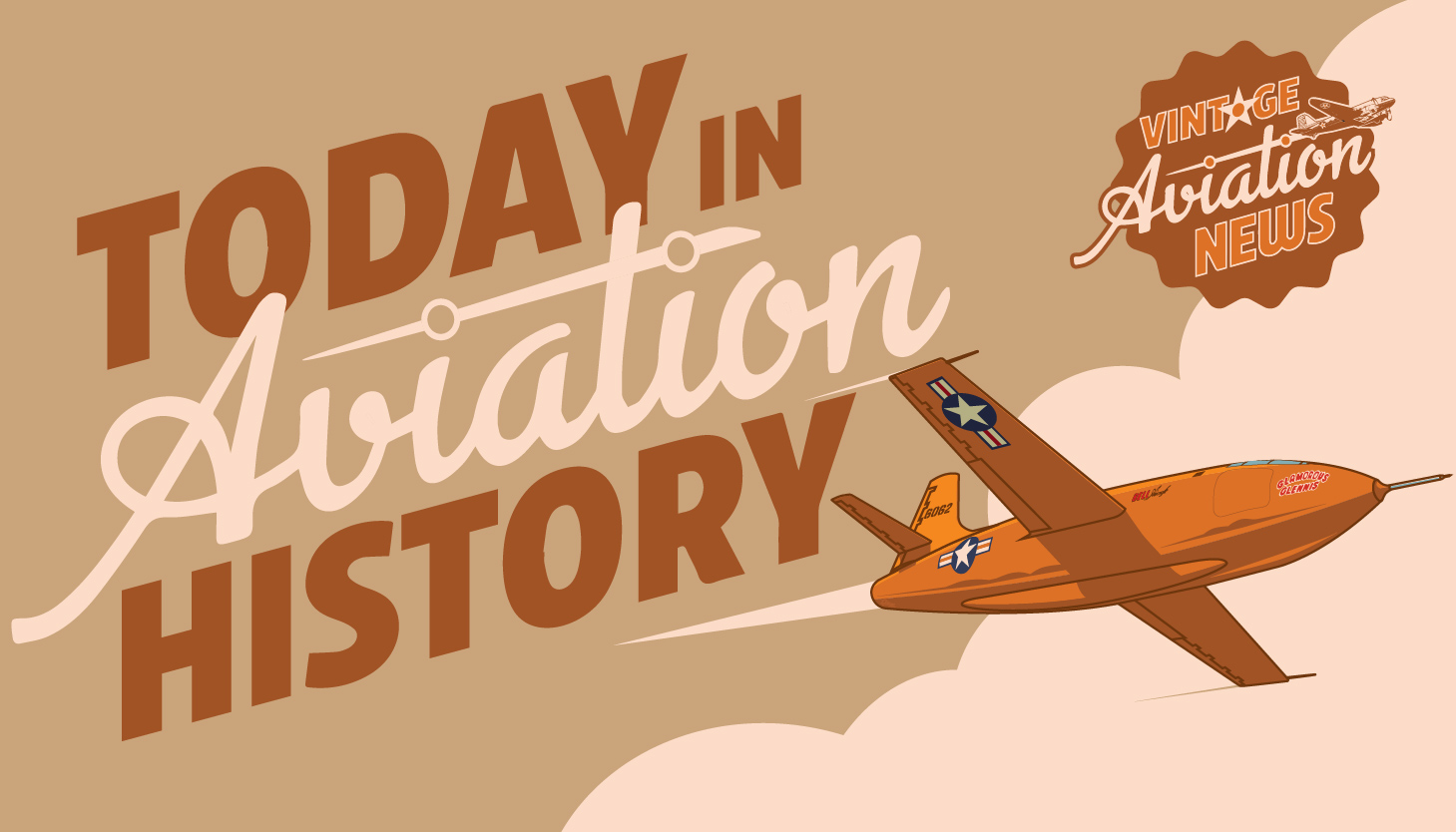
On this day in aviation history, 70 years ago (October 25, 1955), the Saab 35 Draken took its first flight. Known as the “Dragon” or the “Kite” in its homeland, the Draken is a Swedish fighter-interceptor designed and built by Svenska Aeroplan Aktiebolaget (SAAB). Development of the Saab 35 began in 1948 with the goal of replacing both the Saab 29 Tunnan and Saab 32B Lansen fighters. The Draken featured an innovative wing for the period—a double-delta configuration. Although unproven at the time, this wing design proved to be a key factor in the Saab 35’s success.
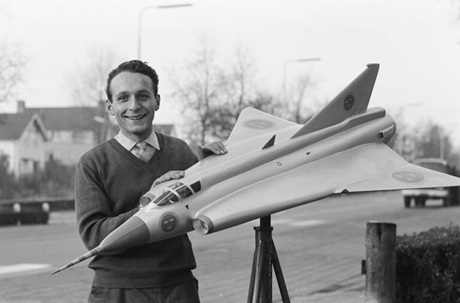
Saab’s J 35F Draken was powered by a Svenska Flygmotor RM6C turbojet engine, producing 12,700 pounds of thrust dry and 17,600 pounds with afterburner engaged. The J 35F could reach a maximum speed of Mach 2.3 (1,520 miles per hour). With external drop tanks, it had a range of 1,480 nautical miles. The Draken had a climb rate of 39,200 feet per minute and a service ceiling of 66,000 feet. J 35Fs were armed with one or two 30-millimeter akan m/55 ADEN cannons, each with 100 rounds of ammunition. Six hardpoints, with a total capacity of 6,393 pounds, allowed the J 35F to carry rockets, missiles, bombs, or any combination of the three.
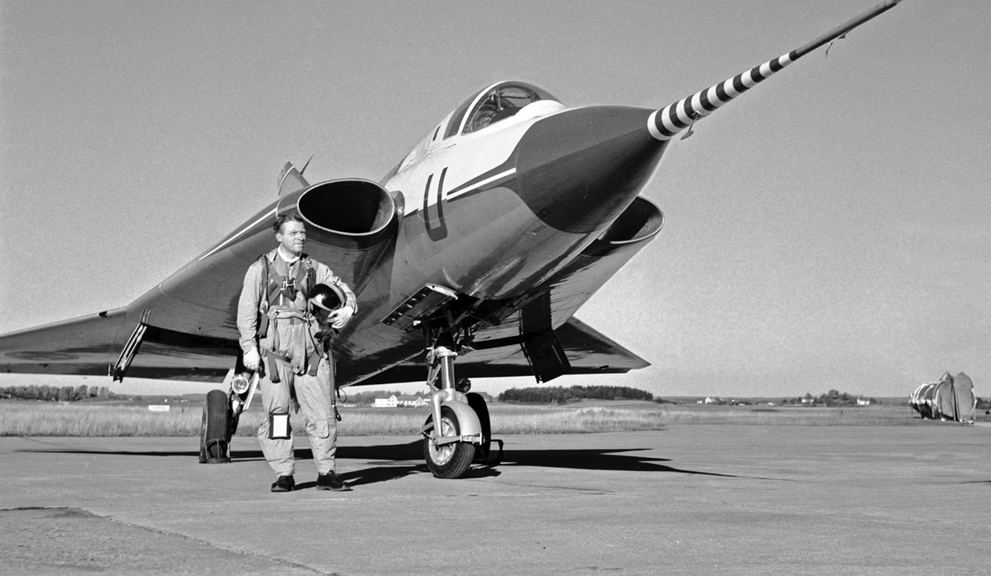
During its service, the Draken proved to be an effective fighter for the Swedish Air Force during the most turbulent years of the Cold War. The Saab 35 was also popular on the export market, serving with the Swiss, Royal Danish, Finnish, Venezuelan, and Austrian Air Forces. Between 1955 and 1974, Saab built 651 Drakens of various variants. The aircraft was introduced into frontline service on March 6, 1960. The final J 35s were retired in 2005 by the Austrian Air Force. Many Drakens survive today, with two remaining airworthy: J 35J 35556 SE-DXR and Sk 35C 35810 SE-DXP of the Swedish Air Force Historic Flight, keeping the legacy of the Draken alive.
